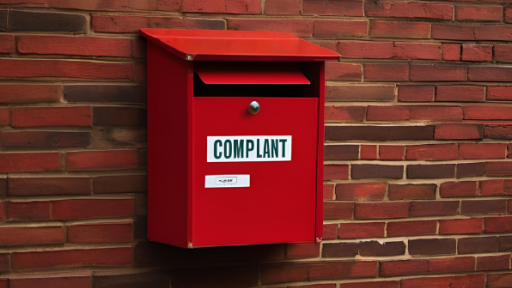
- Home
- Society Sunday
- Blog
Insuring Society Property: A Key Responsibility for Cooperative Societies.

Introduction
Insuring the property of a Cooperative society is not just a good practice but also a critical responsibility to ensure the collective safety and financial stability of its members. According to the Model Bye-Laws of Cooperative Housing Societies, society property encompasses common areas, infrastructure, and essential assets, which must be adequately insured. This includes the structure of the building, parking spaces, electrical installations, water pumps, elevators, and other shared facilities. The aim is to protect the society and its members from unforeseen events such as natural disasters, fire, theft, or accidents.
The bye-laws emphasize that the Managing Committee holds the duty to ensure that adequate insurance is procured and maintained. The cost of insurance is typically borne by the members, forming part of the regular maintenance charges. It is also vital that societies periodically review the adequacy of the insurance coverage to reflect changes in property values or the inclusion of new assets.
By adhering to these guidelines, societies can mitigate risks, promote member confidence, and maintain financial security in the face of potential property-related emergencies.
Risks of Non-Insurance
Financial Loss:
Without insurance, the cost of repairing or rebuilding in the event of fire, natural disasters, or other damages falls directly on members.
Legal Complications:
Members may sue the Managing Committee for negligence if the property lacks adequate insurance.
Liability Risks:
ccidents on society premises, such as slips or structural failures, could lead to compensation claims, burdening the society financially.
Loss of Essential Services:
Damage to uninsured facilities like elevators, pumps, or electrical systems can disrupt day-to-day operations for extended periods.
Delayed Recovery:
Rebuilding after disasters becomes a slow process due to funding issues, impacting residents’ quality of life.
Types of Insurance Policies and Claims Process
Housing societies should consider comprehensive policies that cover fire and allied perils, natural calamities (like earthquakes, floods, and cyclones), and liability insurance for accidents occurring on the premises. Additionally, burglary insurance for high-value equipment and coverage for the society’s employees (such as watchmen or maintenance staff) under workmen’s compensation insurance is recommended. Some societies also opt for terrorism insurance, especially in urban areas, to address modern risks.
In the event of a claim, societies must follow a systematic process. The Managing Committee should immediately inform the insurance provider of the incident and submit a claim form along with requisite documents, such as a police report (if applicable), photos of the damage, and an estimate of repair costs. The insurer will assess the claim through a surveyor and provide compensation based on the policy terms. Regularly updating members on the claims status and ensuring proper record-keeping enhances transparency and trust.
Directors and Officers (D&O) insurance is designed to protect the members of a housing society’s managing committee from personal liability arising from decisions or actions taken in their official capacity. Managing committees are entrusted with critical responsibilities, such as financial management, maintenance, and compliance with statutory regulations. However, even well-intentioned decisions can lead to disputes, legal claims, or accusations of mismanagement.
Lessons from Real Incidents
There are known instances where housing societies suffered due to a lack of insurance.
For example, after a devastating fire in a Mumbai housing society, residents faced months of financial hardship to restore the property, as no insurance policy was in place. In another instance, an old building collapsed during monsoons in Maharashtra, leaving members to shoulder significant repair costs without external assistance.
By learning from such scenarios and securing appropriate insurance policies, societies can safeguard shared assets and uphold the community’s well-being effectively.








